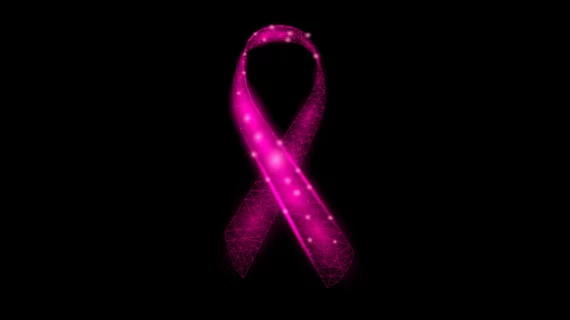FDA clears AI software that ups cancer detection in dense breasts by 50%
The latest version of iCAD’s ProFound Detection solution has just been cleared by the U.S. Food and Drug Administration.
ProFound Detection Version 4 for Digital Breast Tomosynthesis (DBT) builds on the company’s previously approved AI solutions to improve the detection of difficult-to-spot breast cancers by as much as 22%. This is due, in part, to the addition of an option that allows radiologists to incorporate a patient’s prior DBT exam into their current exam’s ProFound Detection analysis.
Compared to Version 3, Version 4 improves cancer detection in dense breasts by up to 50%; it also ups the identification of lobular cancers by 60%, invasive cancers by 21% and malignancies smaller than 1 centimeter by 38%, according to data shared by iCAD.
“With FDA clearance of ProFound Detection Version 4, iCAD continues to set new benchmarks in cancer detection, especially in the most challenging cases where accurate and early detection is critical,” President and CEO of iCAD, Dana Brown, said in a release on the clearance. “This groundbreaking fourth generation of our AI solution not only enhances detection for cancers feared most by even the expert fellowship-trained breast radiologists, but also reduces the burden of potential false positives, thereby providing clinicians with a highly precise and efficient AI concurrent-reader solution.”
This latest version also is said to reduce instances of false positives. Compared to the prior version, its upgrades have enabled it to reduce marks related to vascular calcifications by 20% and it now flags 51% fewer marks owed to nonvascular calcifications.
Chirag Parghi, MD, MBA, chief medical officer at Solis Mammography—a leading provider of breast health services—said that the new ProFound Detection upgrade will “dramatically improve breast cancer detection.”
“The newest version’s ability to detect subtle invasive cancers, especially within dense breast tissue, addresses one of the biggest challenges in breast imaging today,” Parghi said. “The improved precision in ProFound Detection’s lesion marking combined with the option to incorporate prior exams allows for improved clinical accuracy and more efficient reading workflows.”
The latest version is now available for implementation in the U.S., with additional clearances overseas expected in 2025.

